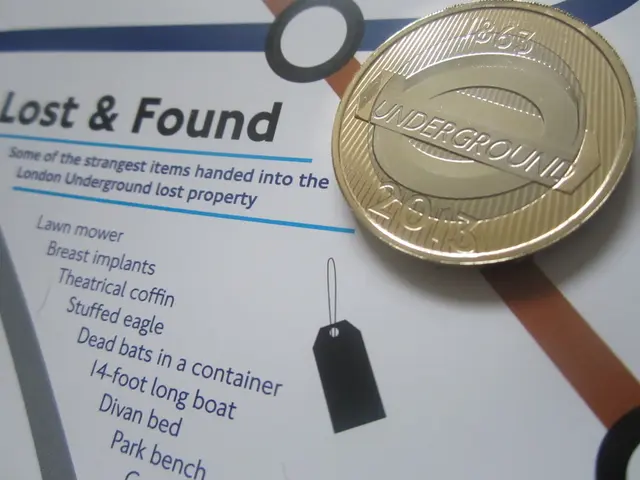Generating Spatial Data Interactive Representations
In the midst of the global COVID-19 pandemic, the government of New South Wales, Australia, declared certain geographic locations as areas of concern for transmissions in July 2021. As a response, Australia implemented a transmission minimisation strategy, resulting in stricter public health orders and restrictions, also known as lockdown measures, in these areas.
To better understand the impact of these lockdown measures on people's financial situations, an interactive visualisation of life insurance discontinuance rates by geographic regions was created using the Python package Folium. This map, which can be accessed here, shows discontinuance rates by Local Government Areas (LGAs) in New South Wales, with each LGA represented by a block of land highlighted in green.
The data used in the map was provided by the Australian Bureau of Statistics and includes LGA boundaries, ASGS geographic correspondences, and personal income data, all licensed under Creative Commons 4.0. The level of opacity in the map allows suburbs in the base layer to be seen underneath the top layer. The base layer of the map has a tile styling of 'OpenStreetMap'.
Life insurance policies in the retail market in Australia are largely sold by financial advisers, who are rewarded an initial commission for successful sales. Most policies were sold on high initial commissions, with the commission structure commonly known as the "upfront" structure, meaning that most of the commission paid over the life of a policy is paid at policy commencement. Discontinuance of policies shortly after sale can result in a loss for life insurance companies as they would not be able to recoup the initial commission paid to financial advisers.
The interactive visualisation can be followed up with analysis of income vs. discontinuance rate by geographic regions. The added layer of the map shows discontinuance rates by Local Government Areas (LGAs) in New South Wales, with each LGA represented by a block of land highlighted in green. The discontinuance rates are shown in a color scale in 5 quantiles.
To create this interactive choropleth map, the Python package Folium was used to visualize the data interactively, and GeoPandas to handle and extract the geographic geometries. Here is a step-by-step approach:
- Prepare your data:
- Your main dataset should contain discontinuance rates mapped to geographic regions (e.g., states, counties).
- A GeoDataFrame from GeoPandas should contain the geometry (shape polygons) for those same regions, matched by a key (like region name or code).
- Load required libraries:
- Obtain geographic data:
- Use GeoPandas to load a shapefile or GeoJSON containing geometries of your regions.
- Example:
- Merge your data with geometry:
- Merge the discontinuance rate data with the GeoDataFrame on a common key.
- Create the Folium map:
- Initialize a Folium map centered on your area of interest.
- Add a choropleth layer:
- Use to create the choropleth, providing GeoJSON from the merged GeoDataFrame.
- Specify the column that holds the discontinuance rate.
- Configure color scheme, legend, etc.
- Add interactive popups (optional):
- You can add tooltips or popups to each region to display detailed info upon hover or click.
- Save or display the map:
This workflow aligns with common practices as outlined in Folium tutorials and geospatial Python resources. If you want to classify your discontinuance rates into meaningful bins before mapping (e.g., quantiles, natural breaks), consider using the package with GeoPandas for better choropleth representation.
This approach will give you a fully interactive, web-ready map visualizing discontinuance rates by geographic regions. The tooltip can display additional information, such as income data by LGA. The impact of these lockdown measures on people's incomes was significant, leading to decreased spending in these areas. The map can be extended to other jurisdictions by replacing the Australian geometry data. Discontinuance rates can be calculated by dividing the number of policies discontinued by the total number of policies inforce at a Postal Areas level (i.e. by postcode or zipcode), but for this article, the rates were calculated at the LGA level.
Technology played a crucial role in this analysis, as the Python package Folium was used to create an interactive choropleth map visualizing life insurance discontinuance rates by geographic regions in New South Wales, Australia. Furthermore, the map's creation and interaction were made possible due to the underlying technology, such as GeoPandas, OpenStreetMap, and Creative Commons 4.0 licensed data provided by the Australian Bureau of Statistics.




